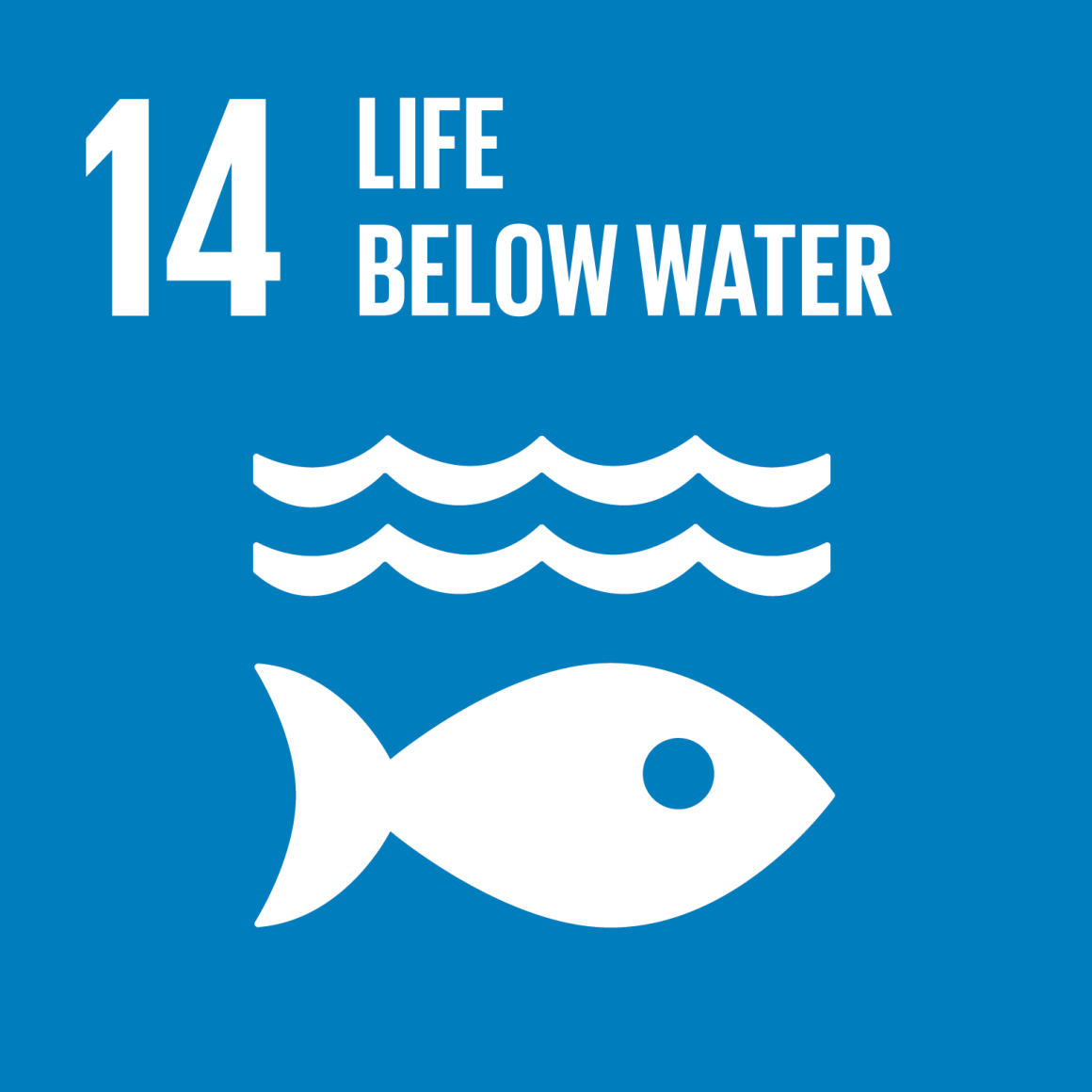| Commissioned by | Lead Executing Agency |
|---|---|
| German Federal Ministry for Economic Cooperation and Development (BMZ) | Ministry of Environment, Forest and Climate Change (MoEFCC), Government of India |
| Lead Implementing Agency | Duration |
|---|---|
| Deutsche Gesellschaft für Internationale Zusammenarbeit (GIZ) GmbH | August 2012 – July 2017 |
India has a broad range of ecologically valuable habitats with some of the richest biodiversity in the world. With little over 2% of global land area, India is home to over 7% of global biodiversity. High population growth, urbanisation and advancing industrialisation are however putting enormous pressure on its natural resources and biodiversity. This is further compounded by the adverse effects of climate change on biodiversity. Protecting biodiversity is a national priority since it is linked to the livelihoods of millions of people. Recognizing the relevance of biodiversity and its inter-linkages with livelihoods of people, the Indian Government has been working towards mainstreaming biodiversity into development.
.jpg)
The Economics of Ecosystems and Biodiversity – India Initiative (TII) aimed at making the values of biodiversity and linked ecosystem services explicit for consideration and mainstreaming into developmental planning. TII targeted action at the policy making levels, the business decision level and awareness of citizens. TII prioritized its focus on three ecosystems—forests, inland wetlands, and coastal and marine ecosystems.
Following an open ‘Call for Concept Notes’, TII commissioned 14 policy relevant field based case studies for three priority ecosystems. TII established new policy-relevant evidences on ecosystems values and their relation to human well-being through these case studies.
The case studies in forest dealt with issues such as hidden ecosystem services of forests, conflict between humans and wildlife, and the economic consequences of species decline. In wetlands, the studies drew lessons on water resources management, community stewardship and equity, and the economics of hydrological regime changes. In coastal and marine ecosystems, they explored the opportunities and economic efficiency of interventions such as eco-labelling, seasonal fishing bans, mangrove regeneration and the challenges of bycatch in marine fisheries.
.jpg)
By integrating wetlands, forest and coastal ecosystem and biodiversity values into national and local planning, the TEEB proejcts contributed mainly to SDG 14 Life Below Land and SDG 15 Life on Land (target 14.4 & 15.9)


All publications and movies of this project can be accessed via the resource section on this website, by selecting the topic "Valuation of Ecosystems".
Find Our Partners here
Find out more about the case studies by visiting the TEEB Story Map, the Factsheets and the Let’s Invest In Nature movies.
© 2014 IGBP. All Rights Reserved.
Site By: Virtualpages
